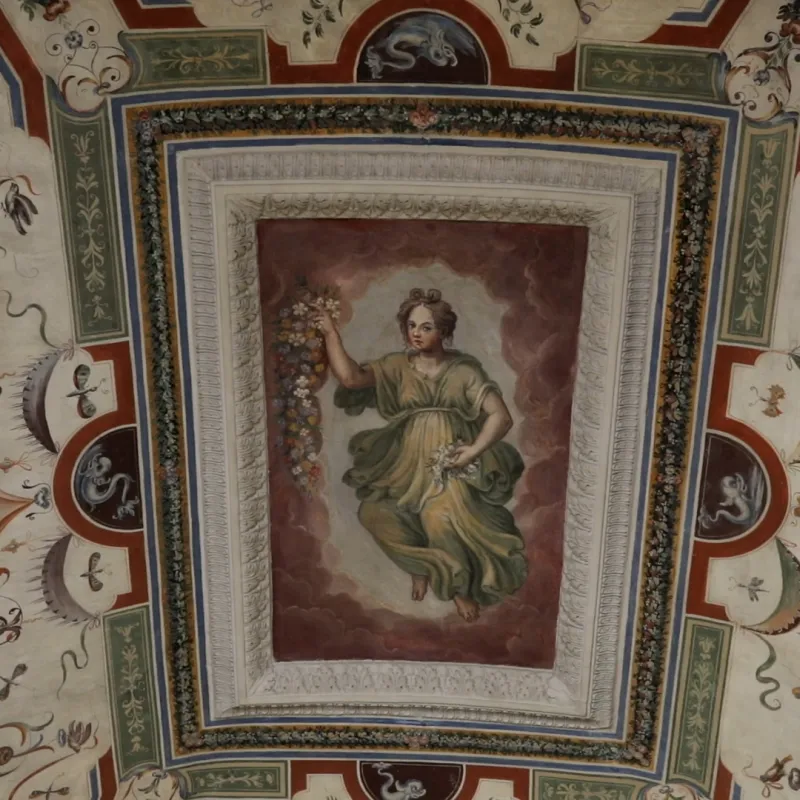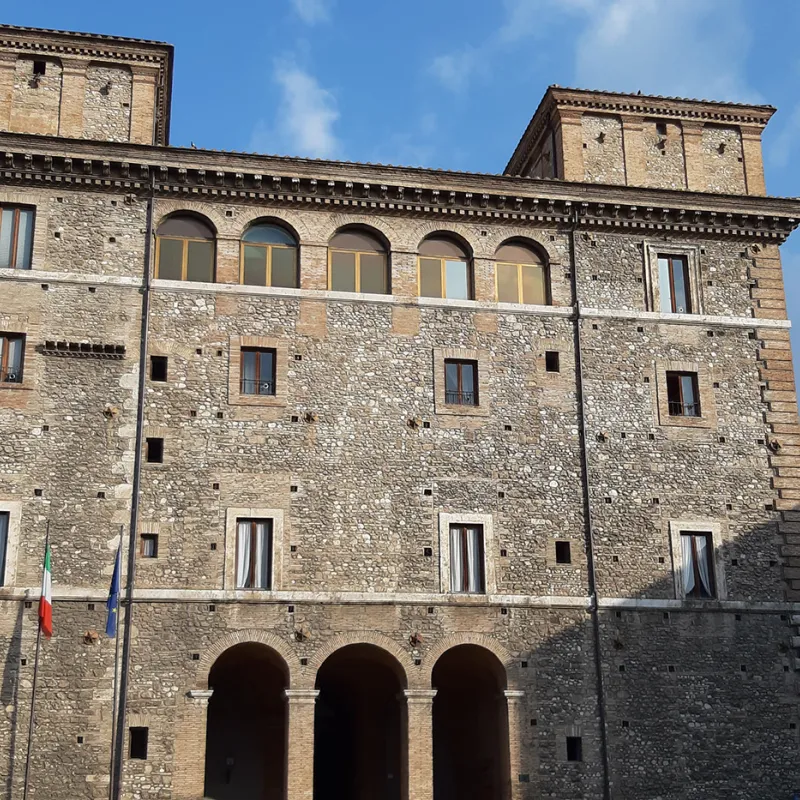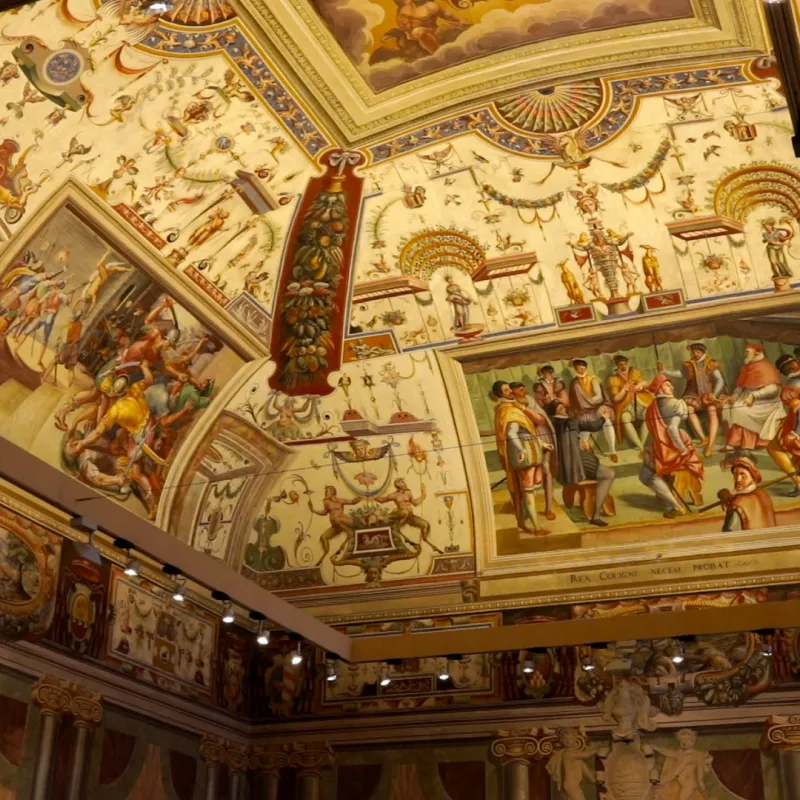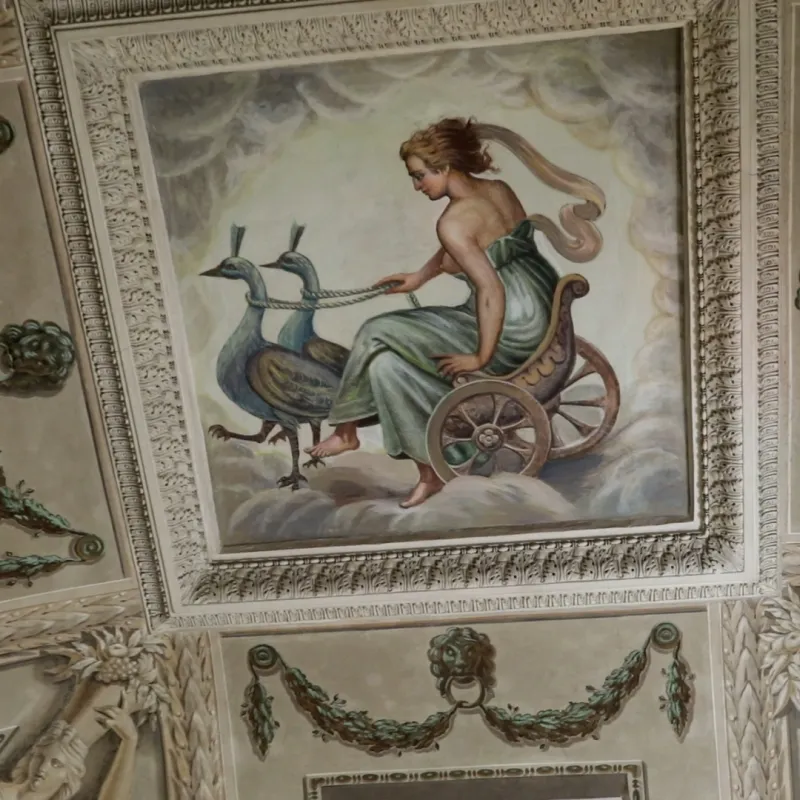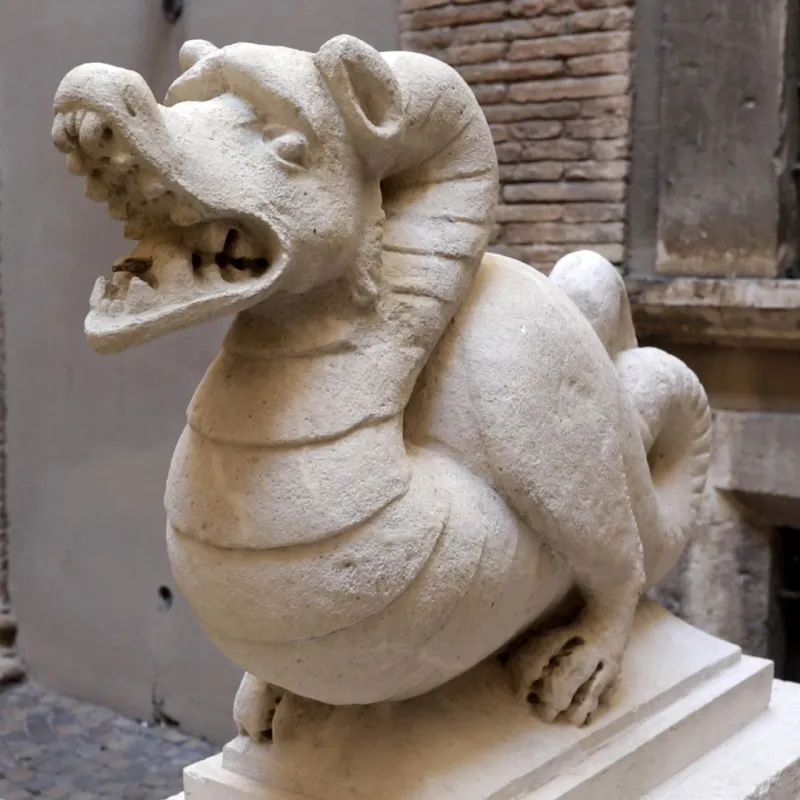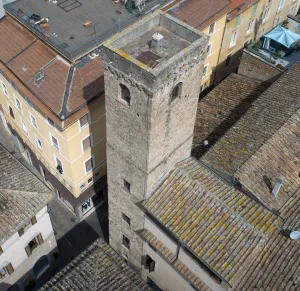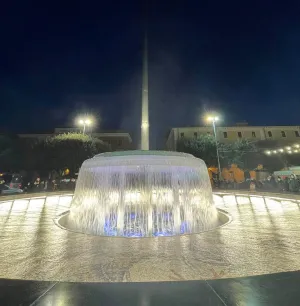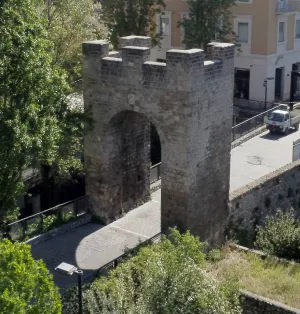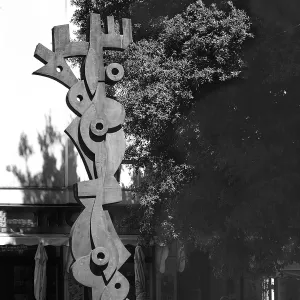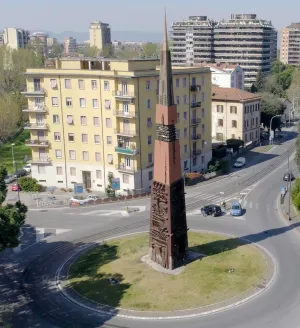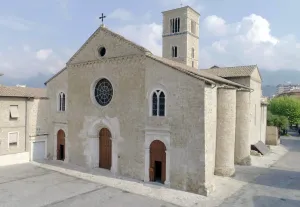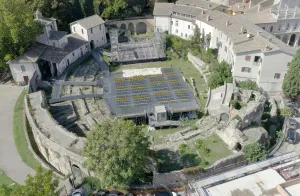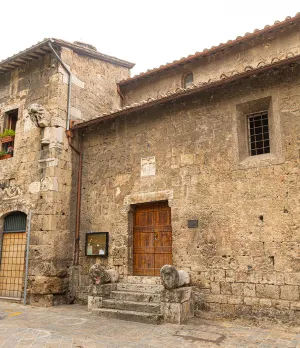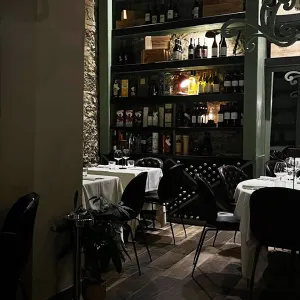Palazzo Spada
The oldest documents in which the Spada family are mentioned date back to the first half of the 14th century. This family of notaries increased its influence in Terni over the next two centuries, reaching its peak with Michelangelo Spada (1521-1584).
In his heyday, he initiated the construction of Palazzo Spada which, to his mind, was to represent a sign of his power, a display of the prestige he had acquired in Rome, an affirmation of his supremacy over other aristocratic families and dignitaries in Terni. The work was carried out at the same time as the renovation of the papal governor's palazzo and Spada was the curator of both on behalf of the papal Curia.

It was a delicate task that was also assigned to him because of the trust and benevolence he enjoyed. He was the "secret servant" of Pope Julius lll, who entrusted him with the strongholds of Forano and Collescipoli, assigning him the noble title of Count. On the death of Julius lll and accession to the papal throne of Paul lV, after a brief papacy of Marcello ll, what had seemed perpetual became temporary again. Indeed, Collescipoli returned to the availability of the church, mainly as a consequence of the fact that the people of Collescipoli had rebelled. Together with the stronghold, the Spadas also lost the title of count which, however, was later conferred on them again by Pope Clement Xl. Thus, the Spadas became the Counts of Collalbero, a castle in the vicinity of Perugia. In the meantime however, Michelangelo Spada had retired from public life.

The design of Palazzo Spada is attributed to Antonio di Sangallo il Giovane, who had worked in Terni on the hydraulic works of the Marmore Falls. The entire structure was restored after it was purchased by the Municipality of Terni. This restoration completely removed the plasterwork and transformed what was in fact the back of the building into the main entrance, that led to a large garden enclosed by a wide fence and countless trees, according to the typical landscaped gardens of the 16th century.
The inside halls maintained their richness with cycles of frescoes attributed to the Flemish painter Karel Van Mander, retouched and partly reinterpreted during restoration, which is why part of the original picture has been lost.
The main hall depicts episodes from the battle of Lepanto and the massacre of the Huguenots, which Michelangelo Spada had wanted in order to illustrate his political view in favour of Catholic Reformation and firmly opposed to Protestantism. Only a few of the frescos in the building date back to the original palazzo. Other painting work was carried out in later periods up to the 19th century, when Palazzo Spada passed into the hands of the Massarucci family of counts. In the 20th century, Palazzo Spada housed the nuns of the Bambin Gesù (Child Jesus) order and became the prerogative of the bishop’s curia.
The entire building has a cube-like structure, which was partially transformed following reconstruction in the 18th century, with the construction of a system of arches in the then rear part and today the main façade, which connected the two terraces built on the sides of the building. The arches were later closed in order to obtain extra cubage.
